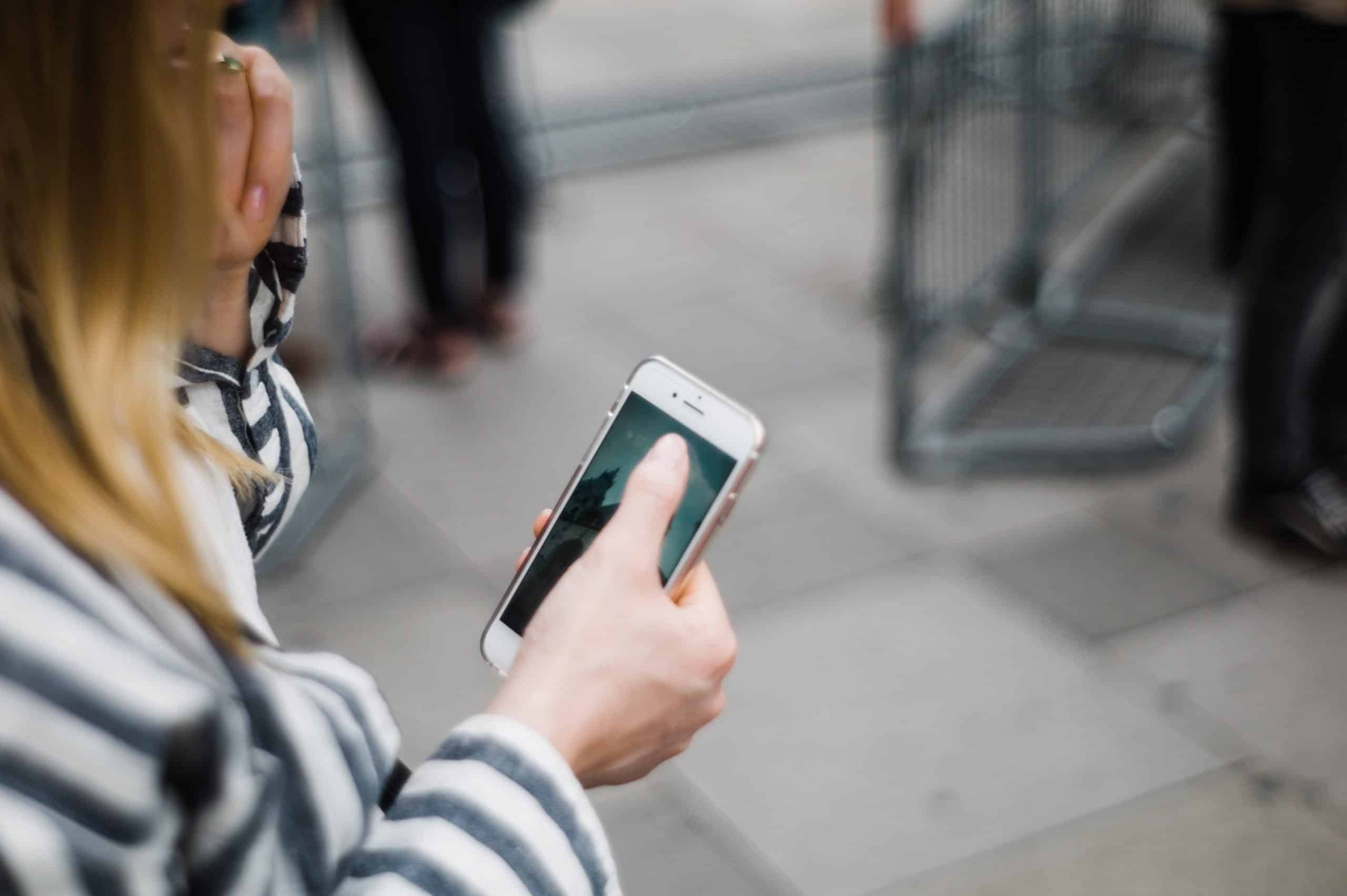Between classes, clubs, activities, homework and a social life, your average college student is constantly on the go. Competing for the attention of college students has always been a challenge, but in today’s digital world of social media, online gaming, videos and all the other distractions, it’s harder than ever. On top of that, students are used to interacting with the online world in a highly personalized way. Everything from Instagram to Netflix offers personalized recommendations. It’s no wonder students expect personalized communications from their university.
Salesforce’s 2021 Connected Student Report found that about half the students surveyed want to receive more personalized communications from their institutions. Email segmentation and personalization is a popular way of getting the right message in front of the right people, but it isn’t always the most effective. Higher ed emails had a 34.3% open rate in 2020 — but are likely to dip back to normal levels (low 20s) once on-campus life fully returns.
So, how do you give students personalized communication in a way that will capture their attention? Mobile push notifications.
Going “Mobile-First” in Higher Ed
When was the last time you encountered a college student who didn’t have their phone with them? Mobile phones have become a constant presence in everyday life for just about everyone. For the college-aged crowd, smartphones in particular dominate — 96% of American adults 18-29 have a smartphone. This shift has led many universities to adopt a “digital transformation” or “mobile-first” initiative (and is why having a student portal mobile app is so important). But being “mobile first” means more than just having a mobile app. It requires a new way of thinking that aligns with the personalized way students engage with the world.
A successful mobile strategy flips the script from making students search for what they need, to pushing personalized information to them. Nearly 90% of students say they want as many or more alerts, emails, personalized messages and reminders as they’ve been receiving, according to the Salesforce report. Students are making it crystal clear that they want personalized help delivered directly to them.
- Alerts about their campus (they don’t care if a parking lot is closed on another campus, and they’re probably not checking their email while driving to campus)
- Reminders about important deadlines coming up (like the deadline for choosing student housing … but only if they live on campus)
- Messages that apply directly to them (an offer to schedule a tutoring session because of a recent low test score)
Pushing personalized information to students starts with a role-based student portal and extends to taking full advantage of mobile push notifications for a highly-tailored communication strategy. If you don’t have a native mobile app and aren’t using personalized push notifications, you’re not successfully solving the communication challenges many colleges face.
Why Mobile Push Notifications?
The single biggest benefit of mobile push notifications is that they give your important information the best chance possible of being seen.
An email open rate of 34% means 66% of your recipients aren’t engaging with the message. Maybe they have inbox fatigue. Maybe they don’t actually check their email. Maybe school emails are going to a spam folder. Maybe they simply don’t care. The reason doesn’t really matter. What matters is that your communications aren’t getting in front of the people you need to reach.
Any platform that requires the student to visit a website, open an app or login creates a barrier your message must overcome to be seen. Push notifications go to them and pop up in a way that’s extremely hard to miss.
For something as important as school communications, the majority of students are willing to opt-in for push notifications. In the education vertical, the median mobile push notification opt-in rate is 89.4% for Android users and 72.9% for iOS users, according to a 2021 benchmark report from Airship. (Android automatically opts users in to receive notifications, whereas iOS makes users actively opt-in.) Students are willing to get your notifications, so send them!
Mobile push notifications also trump text (SMS) messages. As long as the student downloads the app and opts in to receive notifications from that app, they’ll receive those notifications. You don’t have to worry about phone numbers changing or students opting out of text messages and not knowing how to opt back in.
Live in Your Students’ Digital World
Today’s students were raised in a digital world, and tomorrow’s students are only going to be more entrenched in that world — likely with an even greater affinity for personalized content. The apps and media competing for their attention also aren’t likely to diminish. The only way to capture student attention when you need it is to get in front of their eyes with as little effort on their part as possible. Don’t make them check their email. Don’t make them use a website search function or ask a question on social media. Push their most important and personalized information directly to them in a highly engaging way. The power of push notifications and serving information to users without them having to hunt for it is the true crux of digital transformation and being mobile first.

